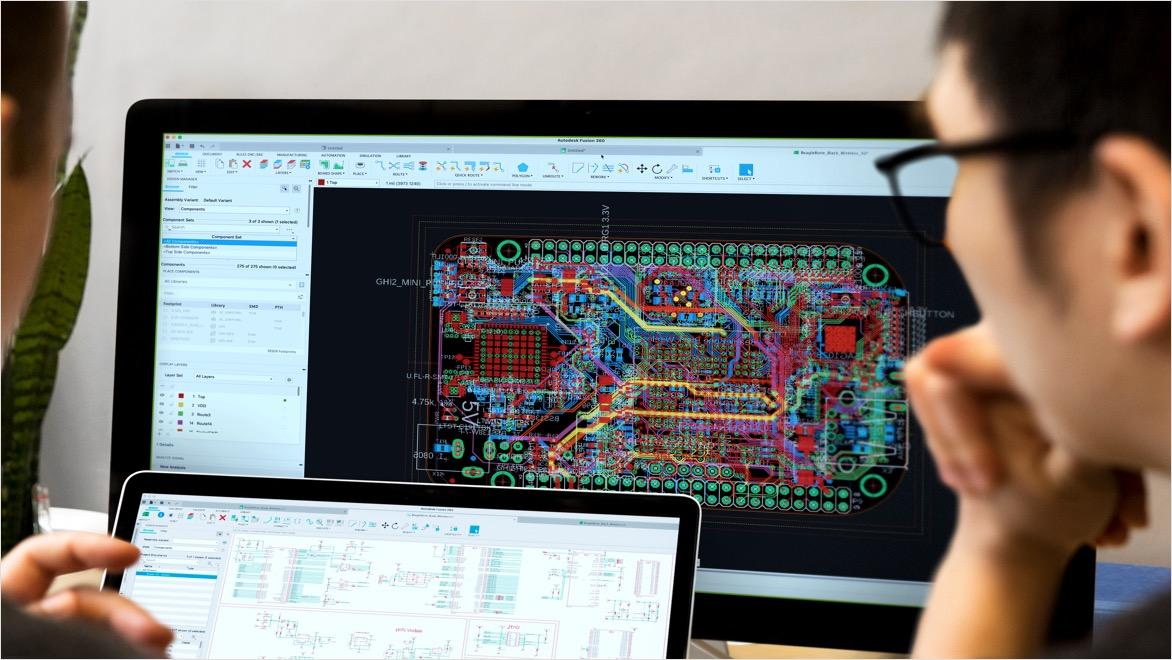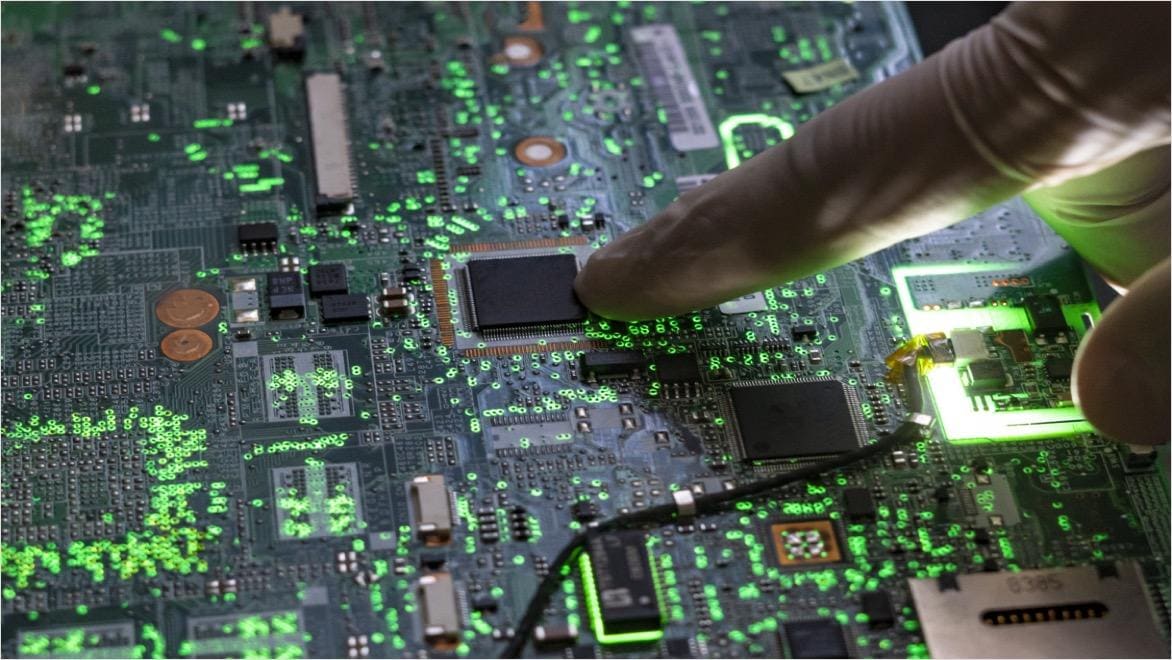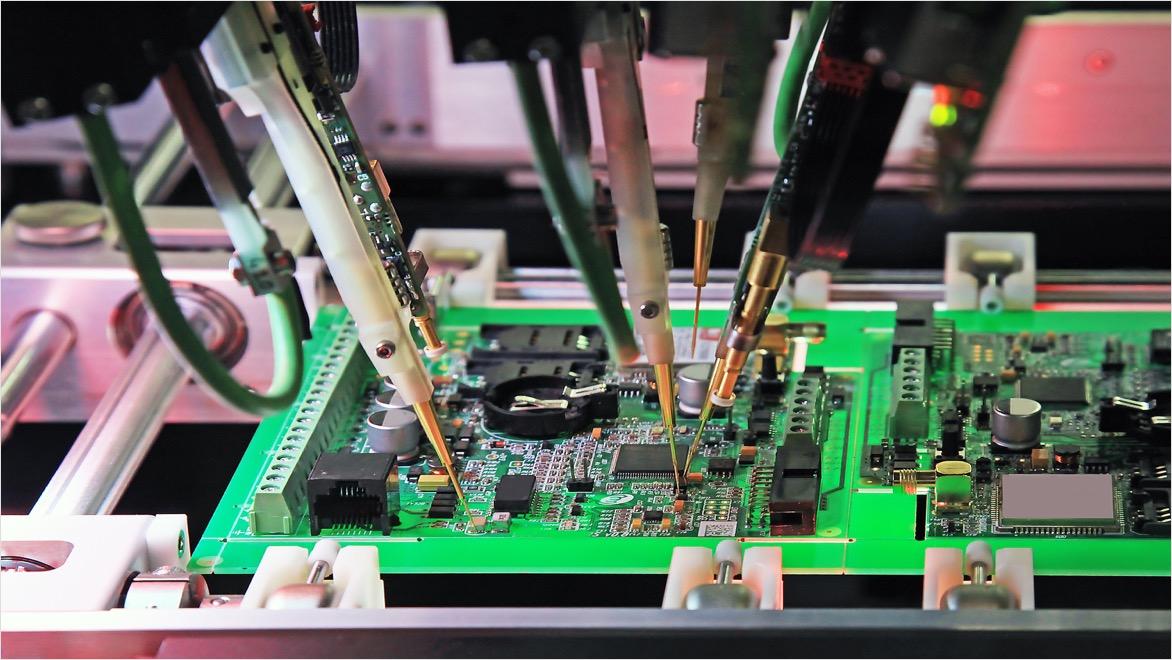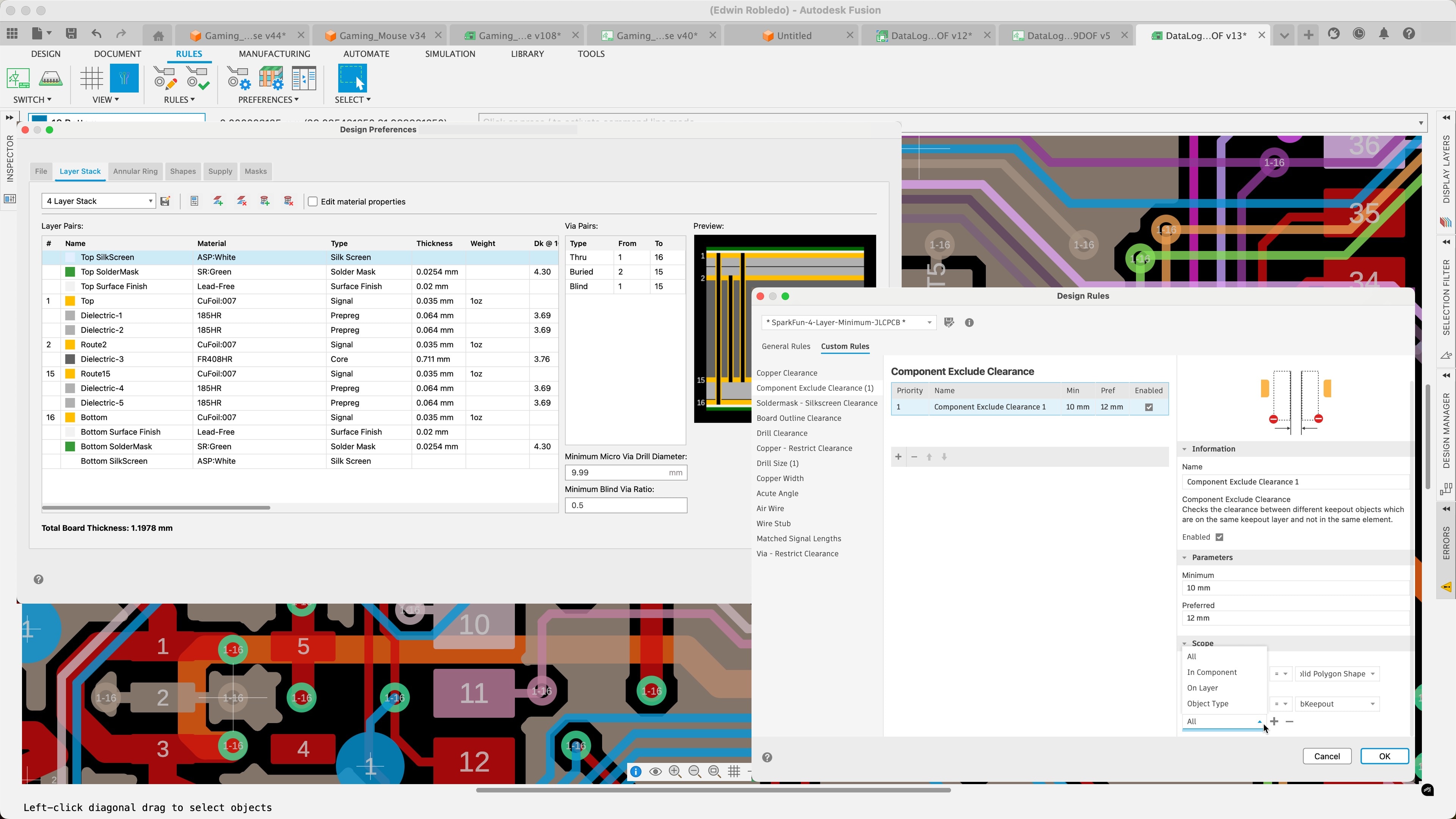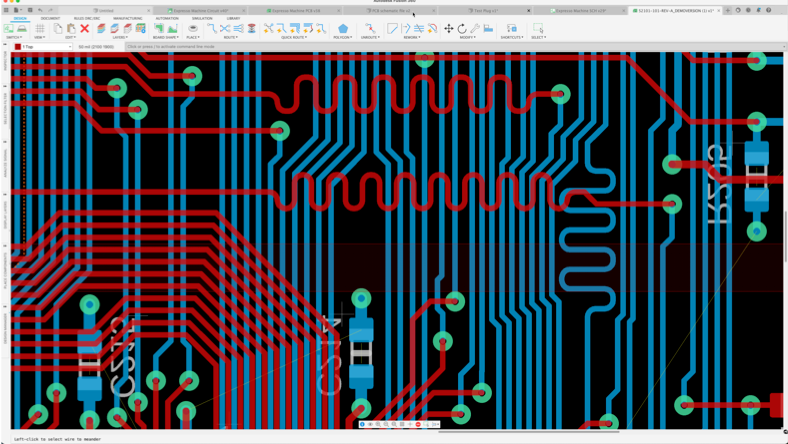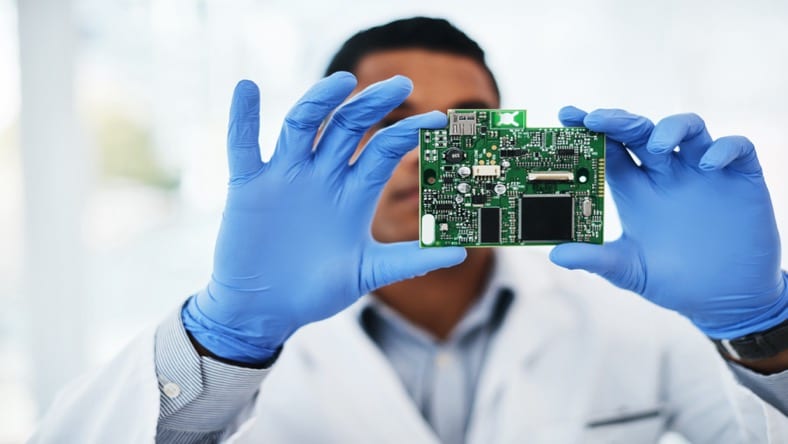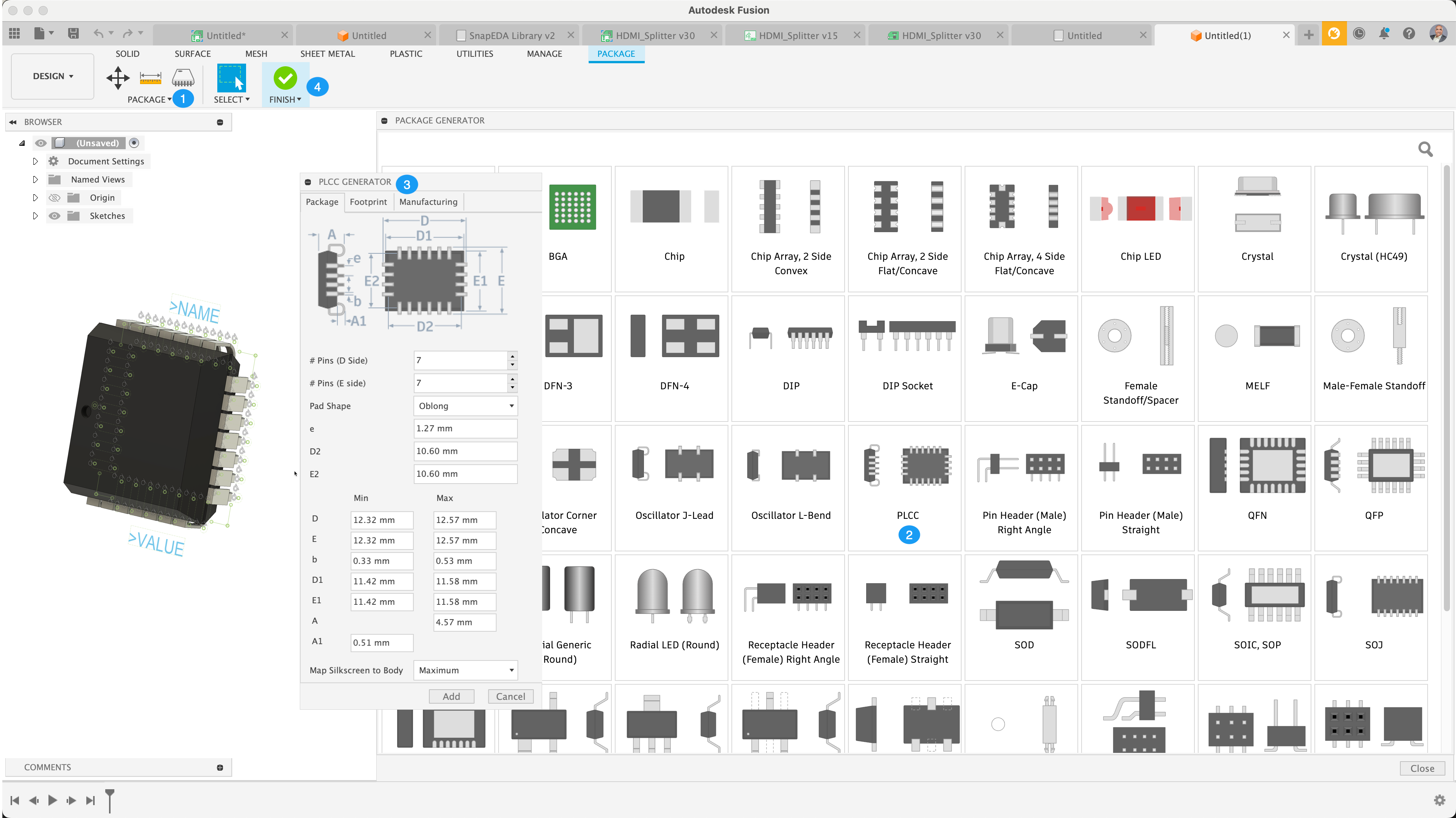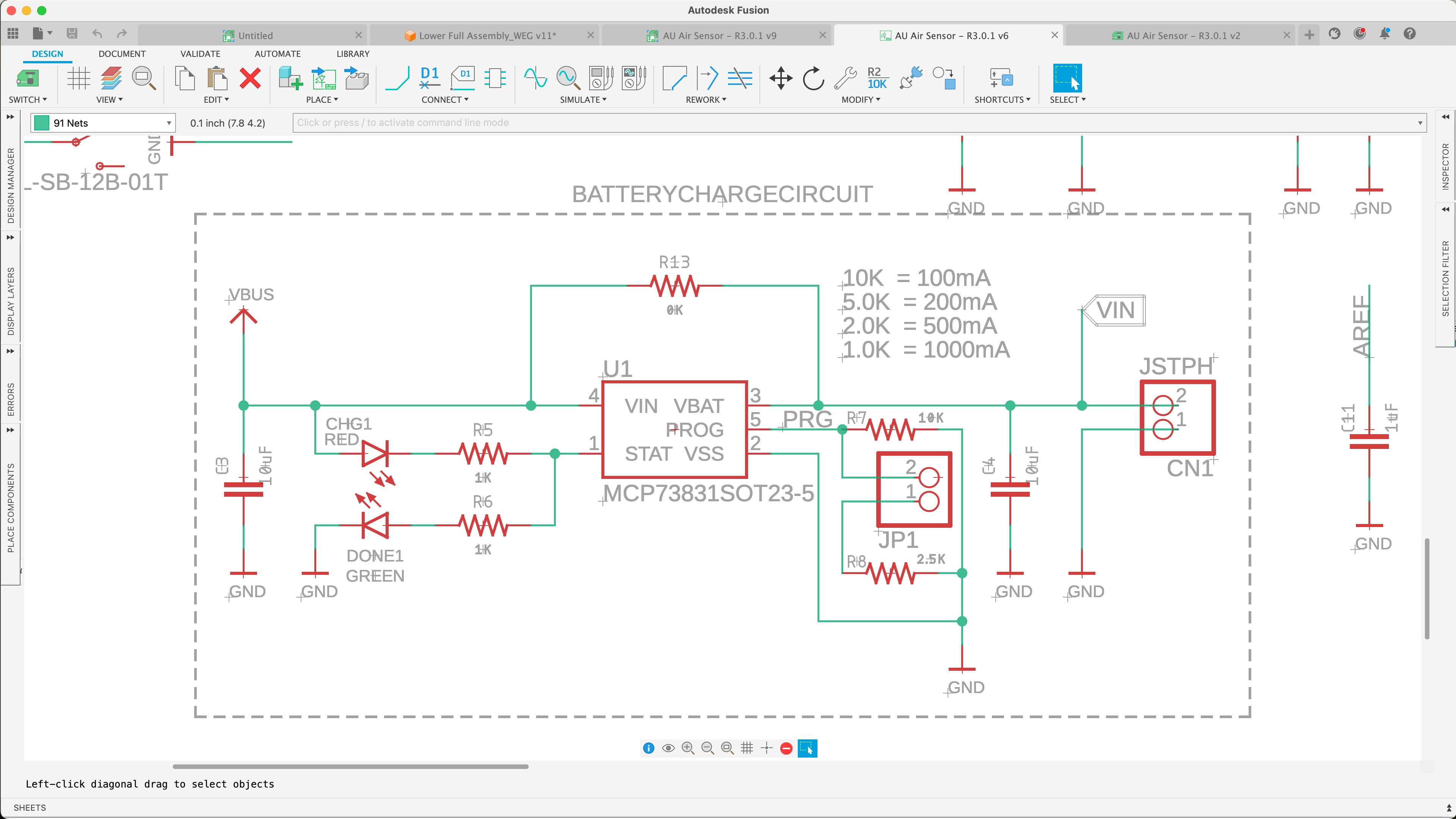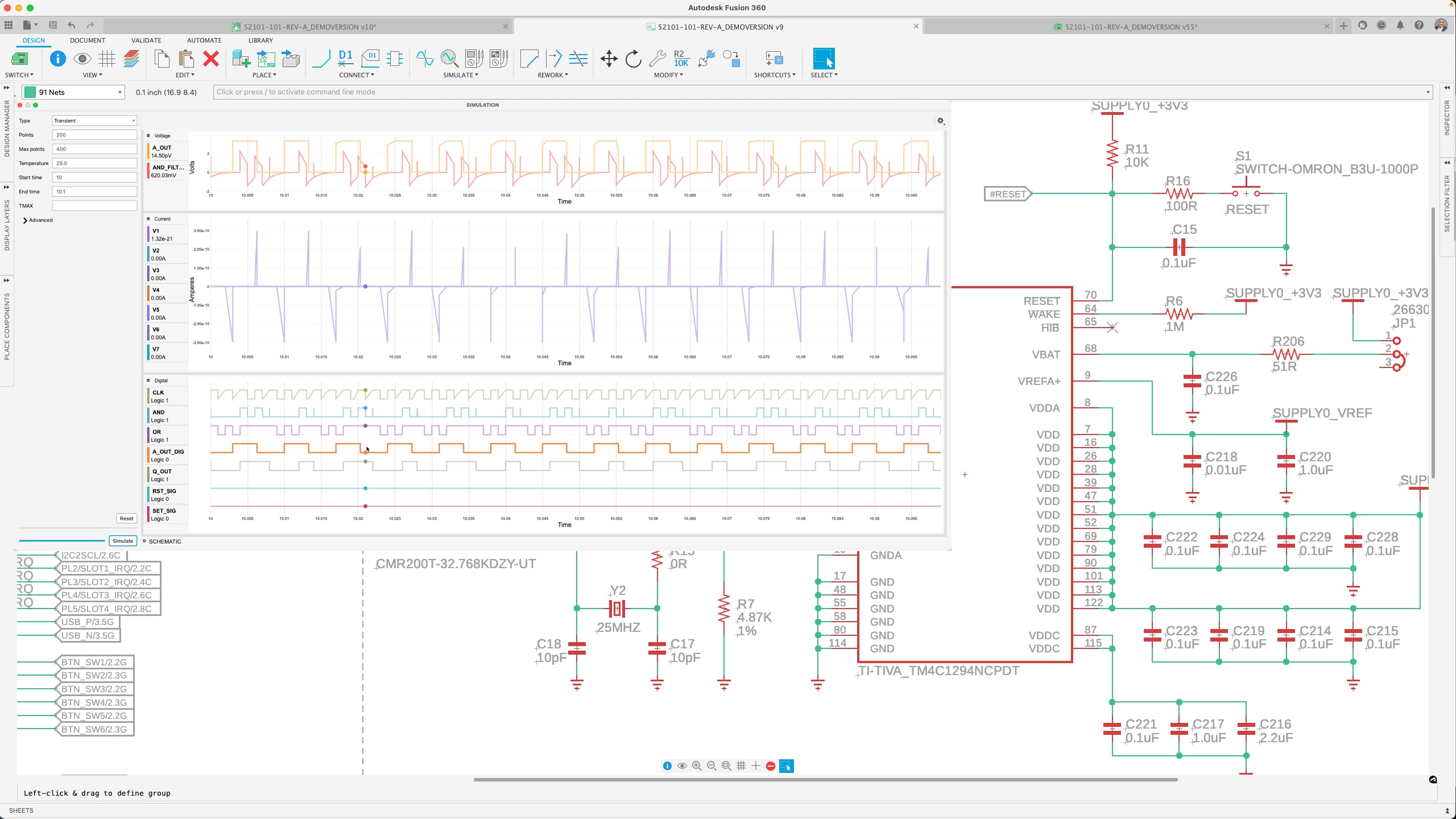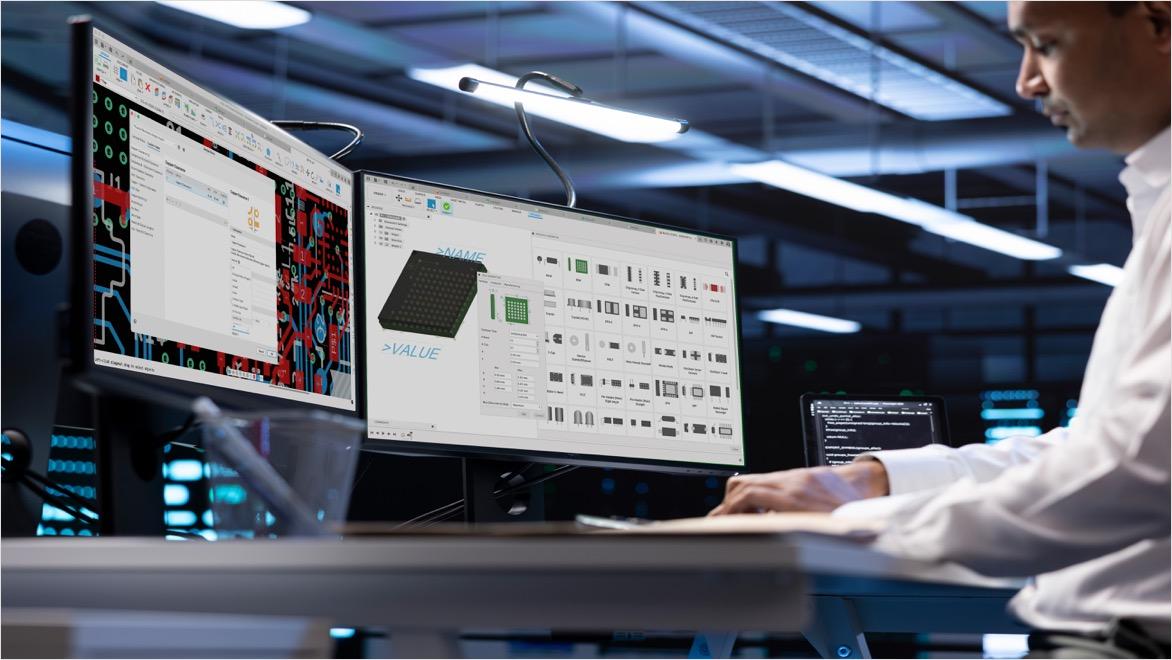& Construction

Integrated BIM tools, including Revit, AutoCAD, and Civil 3D
& Manufacturing

Professional CAD/CAM tools built on Inventor and AutoCAD
Electronic design automation (EDA) refers to the category of software tools and methodologies used by electronics engineers to create, analyze, simulate, and verify electronic systems and circuits. EDA tools are necessary to design and develop complex electronic products, such as integrated circuits (ICs) and printed circuit boards (PCBs). These tools help automate various stages of the electronic design process, improving efficiency, accuracy, and productivity.
Electronic design automation (EDA) is necessary for managing the complexity of modern electronic systems, which often involve millions of components. EDA tools improve accuracy with precise simulations and analyses. By automating repetitive tasks, these tools accelerate the design process, allowing engineers to focus on the most critical aspects and reduce time-to-market. EDA tools also help identify problems early-on and allow designers to explore various design options. Further, EDA tools ensure compliance with industry standards, critical for product certification and commercialization.
Electronic design automation works by providing tools that facilitate the design, simulation, verification, and testing of electronic systems and integrated circuits.
1. Design: Engineers create a schematic, a logical representation of a circuit board consisting of components symbols and connecting them.
2. Simulation: Simulation, tools, such as SPICE, model the circuit's behavior to confirm functionality.
3. Synthesis: Transforms an abstract digital design into a concrete hardware implementation that can be further verified, tested, and manufactured
4. Place and route: Components are positioned and connected optimally on a silicon chip.
4. Verification: Verification tools ensure the design meets functional and timing requirements.
6. Design rule checking (DRC) and layout versus schematic (LVS): DRC makes sure that the layout adheres to manufacturing constraints and LVS matches the original schematic.
7. Fabrication: Generates necessary files for chip manufacturing.
8. Testing and validation: The printed circuit board is tested for functionality and defects.
EDA provides the necessary tools and capabilities to design modern electronic systems efficiently, reliably, and innovatively. Here are some of the primary benefits:
EDA tools efficiently handle the complexity of modern electronic systems, which often involve millions or billions of components.
EDA tools provide precise simulations and analyses, reducing errors and making sure that the final product meets the desired specifications.
EDA automates repetitive tasks, accelerating the design process and reducing time-to-market while also minimizing design errors.
By identifying potential issues early-on, EDA helps avoid costly rework and iterations, resulting in cost savings.
EDA tools help engineers explore a broader range of design options and optimize for performance, power consumption, and area, aiding in the creation of cutting-edge technologies.
EDA facilitates the integration of various components and systems, ensuring they work together smoothly by identifying and resolving potential issues early in the design process.
EDA tools can manage designs of all sizes and complexities, making them ideal for applications ranging from compact consumer electronics to large-scale industrial systems.
EDA makes sure that designs comply with industry standards and regulations, which is necessary for the certification and commercialization of electronic products.
Design rule checking (DRC) verifies that the layout adheres to specific manufacturing rules and guidelines.
Determine the optimal arrangement of components (placement) and establishes connections (routing) on a PCB or IC to minimize delays and optimize performance.
Verify the circuit layout against multiple design rules and constraints to ensure manufacturability, reliability, and compliance with industry standards, reducing errors and improving overall production efficiency.
Simplifies component creation in order to to effortlessly design, manage, and reuse custom parts, ensuring seamless integration into the schematic editor for faster and more efficient PCB design.
Simplifies circuit design by allowing engineers to easily place, connect, and modify components, ensuring accuracy, efficiency, and seamless integration with PCB layout.
Schematic simulation enables engineers to test and validate circuit designs before fabrication, ensuring functionality, detecting errors early, and optimizing performance for a smoother development process.
Optimize PCB design electromagnetic performance by controlling the impedance of every critical transmission line.
Electronic design automation (EDA) is used across a wide range of industries, including but not limited to:
For designing and verifying electronic control units (ECUs), infotainment systems, and advanced driver-assistance systems (ADAS).
In the creation of avionics systems, communication equipment, radar, and other critical electronic systems.
For the development of diagnostic equipment, wearable health monitors, and other electronic medical devices.
For the development of smartphones, tablets, laptops, and other personal electronic devices.
Managing and designing intricate circuits in complex electronic systems offers significant challenges, requiring advanced design tools to ensure seamless integration of millions or billions of transistors. EDA tools must offer robust simulation, verification, and optimization capabilities to meet performance, power, and reliability requirements of modern electronics.
Making sure a design functions correctly and meets all specifications is a resource-intensive challenge in EDA. As designs grow more complex, traditional verification techniques may fall short. Advanced methodologies such as formal verification, hardware emulation, and AI-driven automation are often needed to enhance efficiency.
EDA tools must be able to scale effectively to handle larger datasets and more complex simulations without affecting speed or accuracy. Optimizing algorithms, leveraging high-performance computing resources, and ensuring efficient data processing are necessities to achieving scalability and high performance.
The introduction of integrated circuits (ICs) increased the complexity of electronic designs, necessitating more advanced tools. In 1973, the University of California, Berkeley developed the Simulation Program with Integrated Circuit Emphasis (SPICE), which became a foundational tool for analog circuit simulation. Around the same time, a few companies began developing EDA tools focusing on schematic capture, simulation, and PCB layout.
The 1980s saw significant growth in electroinic design automation (EDA) driven by VLSI technology, requiring advanced EDA tools and logic synthesis tools automated high-level design conversions. In the 1990s, EDA advancements continued with hardware description languages (HDLs) like VHDL. Verilog for digital design, raised the importance of design verification with formal verification and simulation tools.
The rise of system-on-chip (SoC) designs necessitated more comprehensive EDA solutions supporting various design domains. EDA companies began offering integrated tool suites that cover the entire design flow, from specification to manufacturing. Advances in physical design tools allowed for more efficient floorplanning, placement, and routing for complex ICs.
Cloud-based EDA solutions were introduced, offering scalable computing resources and facilita global team collaboration. EDA tools began incorporating machine learning algorithms to optimize design stages like layout, verification, and power analysis.
The integration of artificial intelligence (AI) and advanced automation continues to enhance design efficiency and accuracy. EDA tools are also increasingly focusing on sustainability, optimizing designs for energy efficiency and environmental impact.
The future of electronic design automation (EDA) will be shaped by advancements in AI and machine learning, enhancing automation and predictive analytics. Cloud-based solutions will offer scalability and improve global collaboration. New methodologies will emerge for quantum computing, while tools will evolve to handle 3D ICs and advanced packaging challenges. Sustainability will be a key focus, optimizing designs for energy efficiency and regulatory compliance. EDA tools will support heterogeneous systems, IoT, and edge computing requirements. Improved verification and simulation accuracy will ensure design reliability. Overall, EDA will become more automated, collaborative, and capable of handling complex, multi-domain designs.
Learn more about electronic design automation with these resources.
Learn the benefits of electronic design automation and how to leverage available technology as the demand for smart technology increases.
Learn how to use electronic design automation and modular design blocks to streamline the development process.
EDA software is a set of tools used to design, analyze, simulate, and verify electronic systems and circuits. It automates various stages of the electronic design process, improving efficiency and accuracy.
Yes, EDA software provides tools for simulation, verification, and error checking, allowing electronics engineers to identify and correct issues early in the design process, thus reducing the risk of costly mistakes during manufacturing.
Cloud EDA offers scalable computing resources, facilitates real-time collaboration among global design teams, and offers seamless integration of design data from various sources.
Key features of EDA software includes schematic capture, simulation and analysis, PCB layout, synthesis, verification, timing analysis, and design rule checking (DRC)
Yes, AI and machine learning enhance EDA software by automating tasks, optimizing layout and verification processes, providing predictive analytics, and improving overall design efficiency and accuracy.
Autodesk Fusion is an excellent solution for electronic design automation because it integrates powerful design, simulation, and collaboration tools into a single platform, streamlining the design process and enhancing productivity. Additionally, its cloud-based architecture allows for seamless collaboration and real-time access to projects from anywhere, making it ideal for distributed teams.
